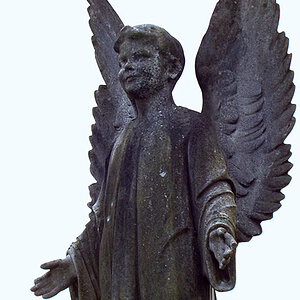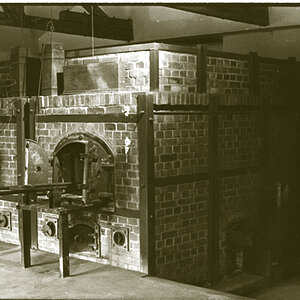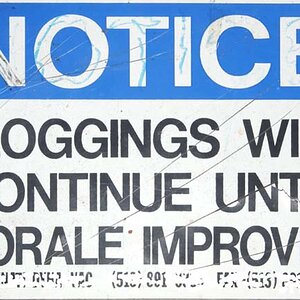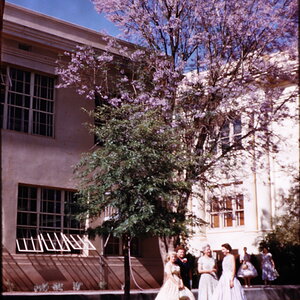VidThreeNorth
No longer a newbie, moving up!
- Joined
- Oct 21, 2016
- Messages
- 1,176
- Reaction score
- 214
- Can others edit my Photos
- Photos NOT OK to edit
Here I go "parking" information again. In this case, I might want this information in a year or two when these lenses might start to show up in the "used" market at a price that I might be able to pay.
"Main Lenses"
What I mean by "main lenses" are lenses that many photographers might consider buying to do the largest percentage of their photography. In some cases, these are lenses that a photography might put on their body at the beginning of a week and might rarely change to another lens all the way through to the end of a week. It will depend on subject matter, but yes, they could be that comprehensive.
Recently two zoom lenses have been establishing themselves as particularly good performers overall and also for their price points. In this video Max Yuryev discusses both of them mainly in generalities. He has specific reviews that show performance for each, and other reviewers have covered (or will cover) them as well. This video is a good starting point for researching.
The lenses are the Tamron 28-75 F2.8 and Sony 24-105 F4. If you are a professional, then there is a 3rd lens that needs to be considered and that is Sony 24-70mm F2.8 GM. There are articles and videos that cover that lens as well, but I cannot see it coming down into a price range that I can afford -- ever, so I will let "you" look that one up.
"Tamron 28-75 F2.8 vs Sony 24-105 F4 LENS WARS!"
posted to Youtube by "Max Yuryev" on June 22, 2018,
""
"Main Lenses"
What I mean by "main lenses" are lenses that many photographers might consider buying to do the largest percentage of their photography. In some cases, these are lenses that a photography might put on their body at the beginning of a week and might rarely change to another lens all the way through to the end of a week. It will depend on subject matter, but yes, they could be that comprehensive.
Recently two zoom lenses have been establishing themselves as particularly good performers overall and also for their price points. In this video Max Yuryev discusses both of them mainly in generalities. He has specific reviews that show performance for each, and other reviewers have covered (or will cover) them as well. This video is a good starting point for researching.
The lenses are the Tamron 28-75 F2.8 and Sony 24-105 F4. If you are a professional, then there is a 3rd lens that needs to be considered and that is Sony 24-70mm F2.8 GM. There are articles and videos that cover that lens as well, but I cannot see it coming down into a price range that I can afford -- ever, so I will let "you" look that one up.
"Tamron 28-75 F2.8 vs Sony 24-105 F4 LENS WARS!"
posted to Youtube by "Max Yuryev" on June 22, 2018,
""


![[No title]](/data/xfmg/thumbnail/40/40287-4f839095000f74d779b90ed75df9dc62.jpg?1619739408)










